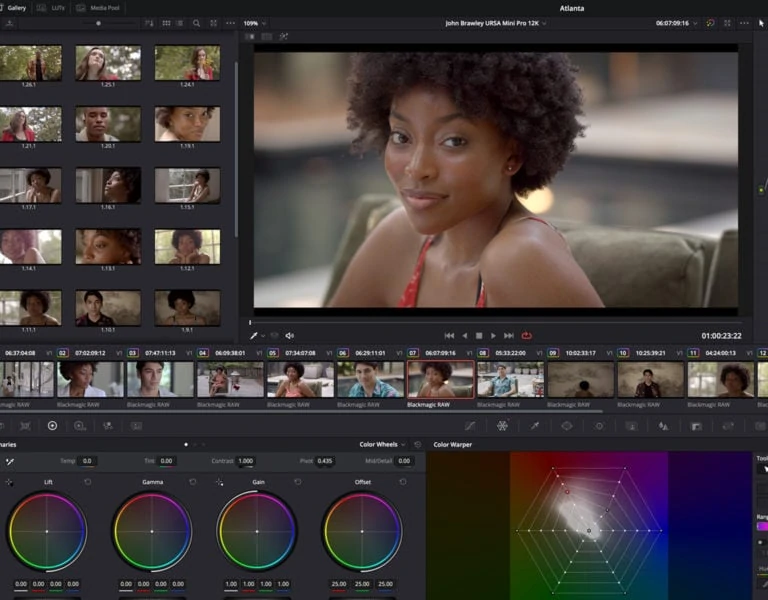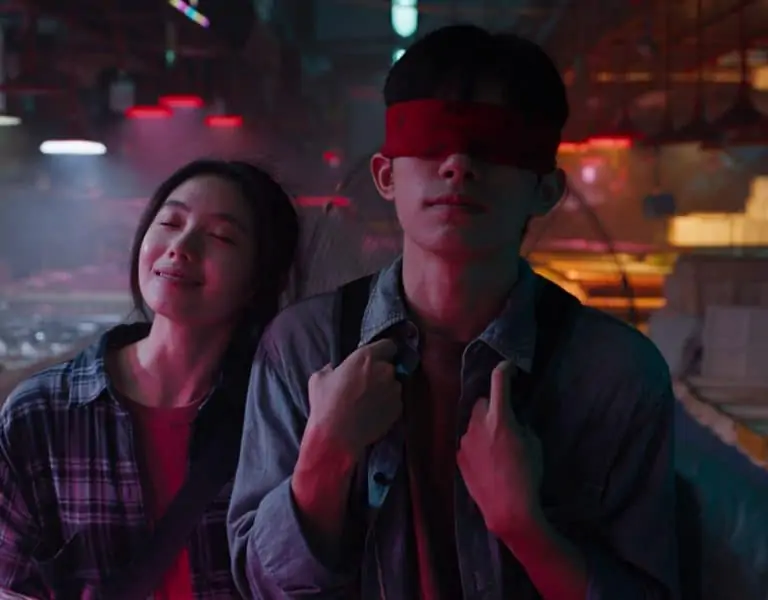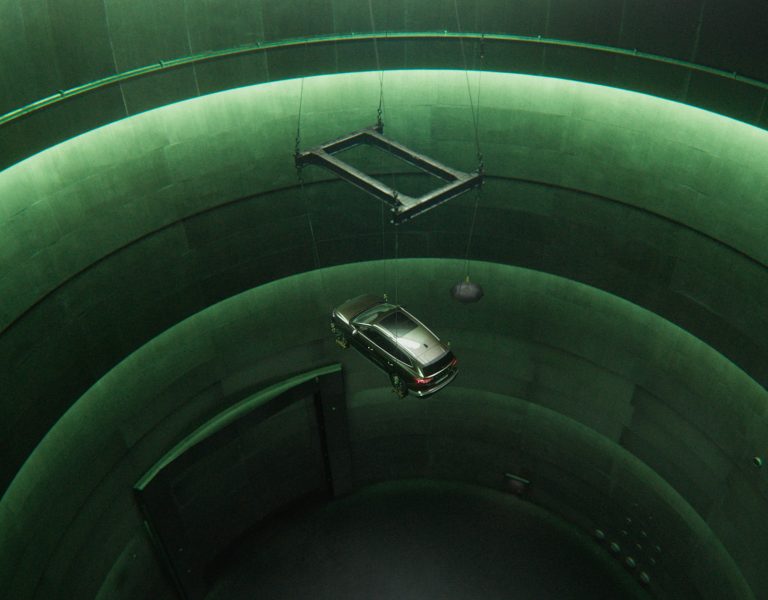
Amulet follows homeless ex-soldier Tomaz (Gods Own Country’s Alec Secaraenu), as he uncovers paranormal terrors after taking a job helping a young woman and her dying mother.
“We wanted to create a film with a strong visual sensibility that inspired a visceral response and played on expectation of the horror genre,” begins director of photography, Laura Bellingham. “We sought to build a language for the camerawork that reflected how the story aligns war-time atrocities with otherworldly evils.”
Bellingham carried two cameras, an ARRI Alexa Mini and an Amira, capturing 3.2K ProRes 4444, reserving XQ for VFX shots and puppetry work. She adds: “We went for a 2:1 aspect ratio as it felt cinematic while maintaining height for the forest and the house. In the house we often rigged the cameras high in awkward corners for uneasy wide angles, as it was important to feel the oppressive architecture around the protagonist Tomaz.”
On enhancing the horror aesthetic further, Bellingham explains, “the scenes with Magda and Tomaz were shot with Cooke Speed Panchros combined with Tiffen’s Soft FX filters to create the feel of a gothic romance.”
The narrative is intersected by wartime flashbacks in the forest, which have a dark heroic folktale look with higher contrast lenses, higher ISO rating and extra grain.
“When things are out of Tomaz’ control we used creeping moves and zooms to build a consistent mood of dread,” Bellingham continues. “The camera, like the house should feel like an impassive observer, as Tomaz spies on the mysterious Magda, he too is always being watched and objectified.”

Film Shed’s colourist Max Horton collaborated closely with both Garai and Bellingham to complete the feature’s grade using DaVinci Resolve.
Horton says, “In the house, Laura and I worked hard to create a dark, subdued feel with muted primaries to reflect the horror of the narrative. We had to be especially careful with the attic, where many of Amulet’s most frightening, special effects-heavy sequences take place.
“The film’s script slowly builds up tension through these attic scenes. To highlight this with the DI, we applied precise Resolve Power Windows to specific focal points in the frame. These de-focused and darkened detail that otherwise might have revealed too much. The rest of the house was illuminated only by candles at night. Here, we used vignetting to create atmospheric pools of light that would direct the viewer’s eye.”
For the forest flashback sequences, Horton and Bellingham focused on boosting specific hues. “We kept the desaturated aesthetic in place but heightened the green of the forest canopy to give the impression of a damp and mossy world,” Horton adds. “This ensured these sequences remained distinct from Tomaz’ present day timeline with Magda.”
Careful adjustments to the film’s grain also helped keep both timelines distinct: “The level of grain was varied on a shot-by-shot basis for additional texture,” Horton explains.
“16mm grain was added to the shots set in the past, to suggest that this happened some time ago, creating a powerful juxtaposition with the present-day scenes, where 35mm grain gave a more modern feel.”
Initially debuted at the 2020 Sundance Film Festival, Amulet is now available in selected cinemas or on demand.












